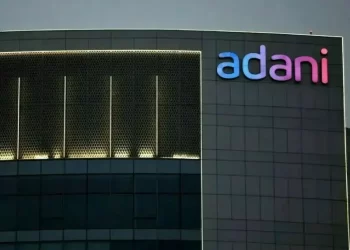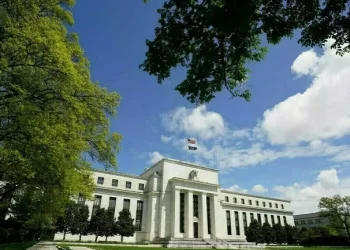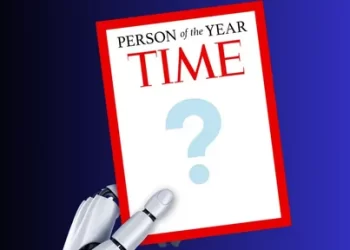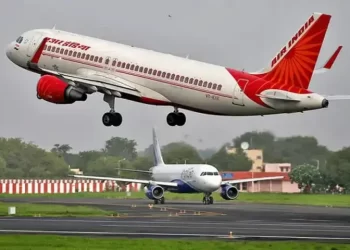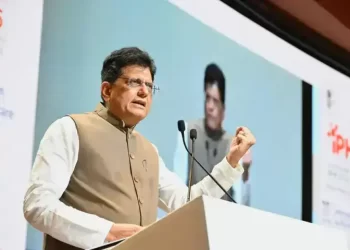Cnews agenciesE CANAVERAL, Fla. (news agencies) — NASA decided Saturday it’s too risky to bring two astronauts back to Earth in Boeing’s troubled new capsule, and they’ll have to wait until next year for a ride home with SpaceX. What should have been a weeklong test flight for the pair will now last more than eight months.
The seasoned pilots have been stuck at the International Space Station since the beginning of June. A cascade of vexing thruster failures and helium leaks in the new capsule marred their trip to the space station, and they ended up in a holding pattern as engineers conducted tests and debated what to do about the trip back.
After almost three months, the decision finally came down from NASA’s highest ranks on Saturday. Butch Wilmore and Suni Williams will come back in a SpaceX spacecraft in February. Their empty Starliner capsule will undock in early September and attempt to return on autopilot and touch down in the New Mexico desert.
As Starliner’s test pilots, the pair should have overseen this critical last leg of the journey.
“A test flight by nature is neither safe nor routine,” said NASA Administrator Bill Nelson. “And so the decision … is a commitment to safety.”
“This has not been an easy decision, but it is absolutely the right one,” added Jim Free, NASA’s associate administrator.
It was a blow to Boeing, adding to the safety concerns plaguing the company on its airplane side. Boeing had counted on Starliner’s first crew trip to revive the troubled program after years of delays and ballooning costs. The company had insisted Starliner was safe based on all the recent thruster tests both in space and on the ground.
Boeing did not participate in Saturday’s news conference by NASA but released a statement: “Boeing continues to focus, first and foremost, on the safety of the crew and spacecraft. We are executing the mission as determined by NASA, and we are preparing the spacecraft for a safe and successful uncrewed return.”
Rand Corp.’s Jan Osburg, a senior engineer who specializes in aerospace and defense, said NASA made the right choice “but the U.S. is still left with egg on its face due to the Starliner design issues that should have been caught earlier.”
Wilmore, 61, and Williams, 58, are both retired Navy captains with previous long-duration spaceflight experience. Before their June 5 launch from Cape Canaveral, Florida, Wilmore and Williams said their families bought into the uncertainty and stress of their professional careers decades ago.
During their lone orbital news conference last month, they said they had trust in the thruster testing being conducted. They had no complaints, they added, and enjoyed pitching in with space station work.
Wilmore’s wife, Deanna, was equally stoic in an interview earlier this month with WVLT-TV in Knoxville, Tennessee, their home state. She was already bracing for a delay: “You just sort of have to roll with it.”
NASA’s Norm Knight said he talked to the astronauts Saturday and they fully support the decision to postpone their return.
There were few options.
The SpaceX capsule currently parked at the space station is reserved for the four residents who have been there since March. They will return in late September, their stay extended a month by the Starliner dilemma. NASA said it would be unsafe to squeeze two more into the capsule, except in an emergency.
The docked Russian Soyuz capsule is even tighter, capable of flying only three — two of them Russians wrapping up a yearlong stint.
So Wilmore and Williams will wait for SpaceX’s next taxi flight. It’s due to launch in late September with two astronauts instead of the usual four for a routine six-month stay. NASA yanked two to make room for Wilmore and Williams on the return flight in late February.
NASA said no serious consideration was given to asking SpaceX for a quick stand-alone rescue. Last year, the Russian Space Agency had to rush up a replacement Soyuz capsule for three men whose original craft was damaged by space junk. The switch pushed their mission beyond a year, a U.S. space endurance record still held by Frank Rubio.
Starliner’s woes began long before its latest flight.
Bad software fouled the first test flight without a crew in 2019, prompting a do-over in 2022. Then parachute and other issues cropped up, including a helium leak in the capsule’s propellant system that nixed a launch attempt in May. The leak eventually was deemed to be isolated and small enough to pose no concern. But more leaks sprouted following liftoff, and five thrusters also failed.



